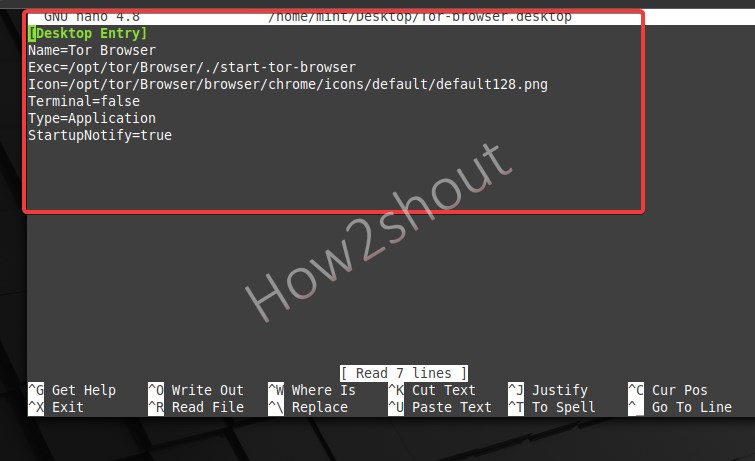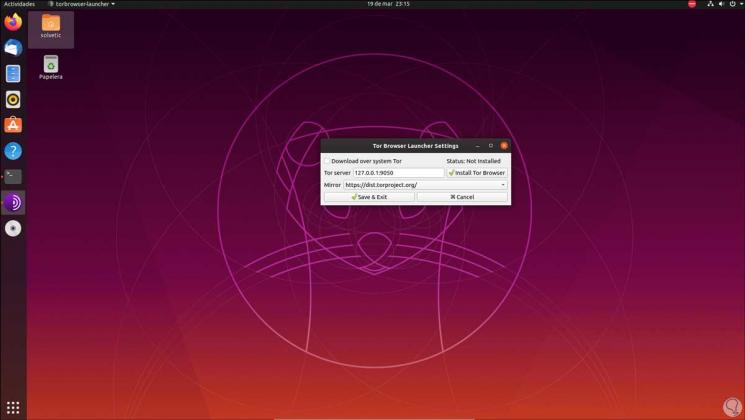

- How to add key to tor browser ubuntu terminal install#
- How to add key to tor browser ubuntu terminal password#
Now you can run tor as src/app/tor (0.4.3.x and later), or you can run make install (as root if necessary) to install it into /usr/local/, and then you can start it just by running tor. Install base, tor and nyx as per systemd-nspawnCreate and boot a minimal Arch Linux. If you're building from source, first install libevent, and make sure you have openssl and zlib (including the -devel packages if applicable). 16.1 Problem with user value 16.2 tor-browser proxy problems. The latest release of Tor can be found on the download page.

In the past they have not reliably been updated. If you are using Macports in a Terminal window, run: $ sudo port install torĭo not use the packages in Ubuntu's universe. If you are using Homebrew in a Terminal window, run: # brew install tor To install Macports follow the instructions on /install.php.

To install Homebrew follow the instructions on brew.sh. Tor browser will then connect to the most secure. Click on connect button to enable Tor connection. From here you can either configure or connect to Tor network. Execute the sktop file in a terminal: torbrowser-launcher This will launch Tor browser network setting. In Safari I believe you Alt click the link. (In Firefox, I dont know in the rest, sorry. Then select Save Link As in the context menu. Dont left click but instead right click it. Select the correct download, and download Below the nice, purple button should be a link that says sig. You can use the package manager of your choice. Once installed, open Tor from Ubuntu Dash or Terminal. Go to the Tor Browser Bundle download page. There are two package manager on OS X: Homebrew and Macports.
How to add key to tor browser ubuntu terminal password#
Note that sudo asks for your user password, while su expects the root password of your system. To open a root terminal you have several options: sudo su, or sudo -i, or su -i. Admin access: To install Tor you need root privileges.īelow all commands that need to be run as root user like apt and dpkg are prepended with '#', while commands to be run as user with '$' resembling the standard prompt in a terminal.


 0 kommentar(er)
0 kommentar(er)
